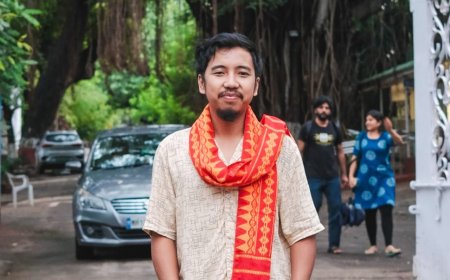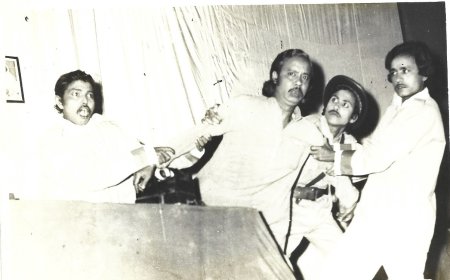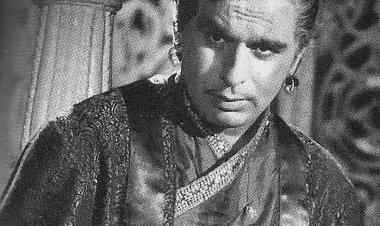WHO IS PATIENCE COOPER? FILM HERITAGE FOUNDATION RESURRECTS BEHULA
Shoma A. Chatterji writes on PATIENCE COOPER, Indian cinema's first Anglo-Indian actress who played the leading lady beginning with the silent era and continued to work till 1946.
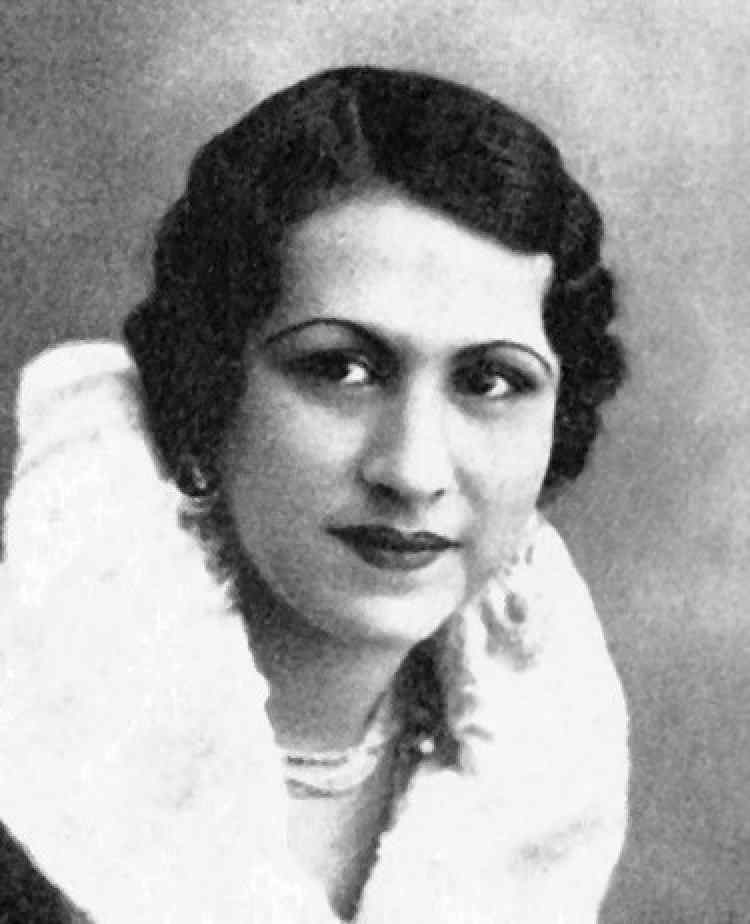
Who is Patience Cooper and why is this name so much in the news today? Patience Cooper is the first ever Anglo-Indian actress to have graced the Indian screen playing the leading lady in several films much before sound and talking films made their appearance. Since cinema was silent at the time, whether she could speak Hindi or Urdu fluently did not matter. We have not seen her films so her name is also strange for us.
But thanks to the Film Heritage Foundation born through the wonderful enterprise of - Filmmaker, archivist and Director Shivendra Singh Dungarpur, film lovers were fortunate to be able to watch the screening of Patience Cooper’s film Behula in Mumbai a few days ago.
Patience Cooper (30th Jan 1902–1993) was an Anglo-Indian actress, and one of the early superstars of Bollywood. She was the daughter of Phoebe Stella Gamble (born in Calcutta in 1881; daughter of John Frederick Gamble and Phoebe Stella Clement whose mother was Armenian) and James Alfred Cooper. An Anglo-Indian born in Howrah, West Bengal, and baptised on 30th May 1902, Cooper had a successful career in both silent and sound films. She is credited with the first double roles of Indian cinema—as twin sisters in Patni Pratap and as mother and daughter in Kashmiri Sundari. Though earlier in 1917, actor Anna Salunke had played roles of both the male lead character Ram and the female lead character Seeta in the film Lanka Dahan directed by none other than Dadasaheb Phalke at a time when women did not act in films and rarely in theatre.
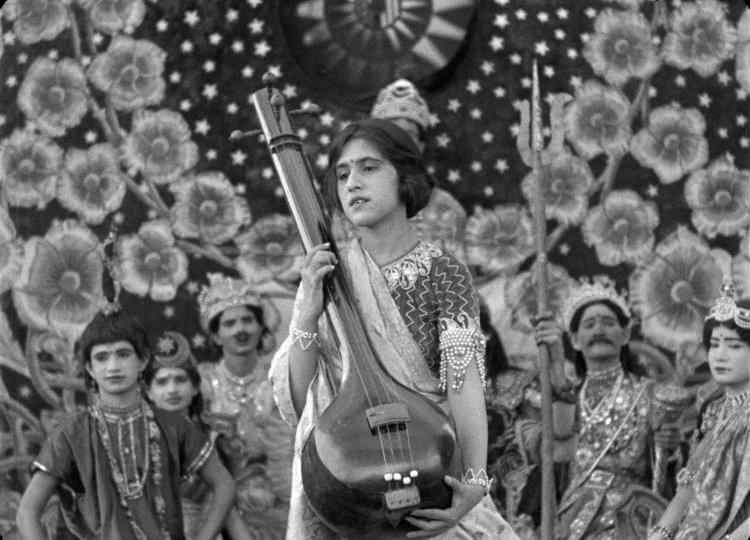
Image: Patience Cooper as Behula
Who is an Anglo-Indian? It is a person who is born half-British/European and half Indian, uses English as his/her main lingua franca, wears Western clothes and follows British customs and lifestyle. It is mainly the mother who is Indian and the father is either British or European. Some of them got married while others lived together and that is why the Hindu majority had a derogatory attitude towards this community. How have they been presented in Indian cinema?
During the silent era, Anglo Indian women were much in demand to play leading lady because most of them were very fair-skinned if not White, full-blooded Indian women were not allowed to work in films as cinema was considered to be socially wrong for women and thirdly, the heroine did not need to speak. Among those who made their name, the first name that arises is that of Ruby Myers (Sulochana Senior) who crossed the sound barrier to succeed when talkies came into being. Seeta Devi (born Renee Smith), a very beautiful lady, was also very popular. But Patience Cooper was the first Anglo-Indian woman to appear in films.
Cooper began her career as a dancer in Bandmann's Musical Comedy, a Eurasian troupe. She later joined Jamshedji Framji Madan's Corinithian Stage Company as an actress. Cooper is credited with the first double roles of Indian cinema - as twin sisters in Patni Pratap and as mother and daughter in Kashmiri Sundari! She was a dancer with Bandman's Musical Comedy before her contract with Madan Theatres. Her career was a smooth one, and she remained at the top till dethroned by Sulochana. Her famous films are : Nala Damayanti (1920), Dhruva Charitra (1921), Laila Majnu and Princess Budur - both in 1922, Bilwamangal and Alibaba and the Forty Thieves - both in 1932, Zehari Saap (1933), Khyber Pass (1936), and Iraada (1944). Cooper was often cast as the sexually troubled but innocent woman at the centre of moral dilemmas, a forerunner to the type of roles played later by Nargis. She had a long innings in films as leading lady, but later died of old age with two foster daughters and 17 kids she had adopted to bring up.
None of her films seem to have survived the ravages of time. So, the credit goes to Film Heritage Foundation for retrieving and resurrecting her film Behula (1921) for the international audience, for researchers, historians and film scholars involved in film studies.
From the prolific film production in India during the silent period, most of which has disappeared, we miraculously came upon Béhula, filmed in India by Camille Legrand in 1921 for Madan Theatres Ltd. studios. As a camera operator for Pathé from 1905 to 1920, Legrand knew India well, having spent long periods in the country. In 1921 he joined forces with J.F. Madan, with whom he made at least five films in Calcutta. For Béhula, adapted from a Bengali legend in the Manasa Mangal – the epic cycle dedicated to the Snake Goddess, Manasa – he called in one of Madan studios’ Anglo-Indian stars, Patience Cooper.
The exterior locations echo the context in which the film was shot, with swaying cardboard sets animated by the breeze and the impromptu presence of passers-by finding their way into the storyline. Béhula takes as its plot the rivalry between the goddesses Chandi, wife of Shiva, and Manasa, his daughter. The merchant Chand Sadagar is a faithful devotee of Chandi, and Manasa attempts to attract him. Rejected by Chand Sadagar, Manasa condemns his son, Lakhindar, to perish on the night of his marriage to the beautiful Béhula. The next morning, Béhula discovers her husband’s inanimate body after he suffers a snakebite. She sets out on a long voyage along the Ganges until she succeeds in bringing him back to life. This story from Indian mythology still delights children who hear it from the parents and grandparents or read it in comics and books.
Legrand returned the negatives to France and they miraculously survived in an excellent state of preservation in the Fondation Jérôme Seydoux Pathé collection held at the CNC. Behula, the film, was restored in 2022 by the Fondation Jérôme Seydoux-Pathé, based on an original nitrate print from their collections held at the CNC. 4K restoration by Image Retrouvée, Paris-Bologna.
Film Heritage Foundation is a non-profit organization based in Mumbai set up by Shivendra Singh Dungarpur in 2014. It is dedicated to supporting the conservation, preservation, and restoration of 5 the moving image and to developing interdisciplinary programmes to create awareness about the language of cinema. A member of the International Federation of Film Archives (FIAF) since 2015, Film Heritage Foundation is the only non-governmental organization in the country working in the field of film preservation.
***
About the author: Dr. Shoma A. Chatterji is an Indian film scholar and author based in Kolkata.
What's Your Reaction?




































